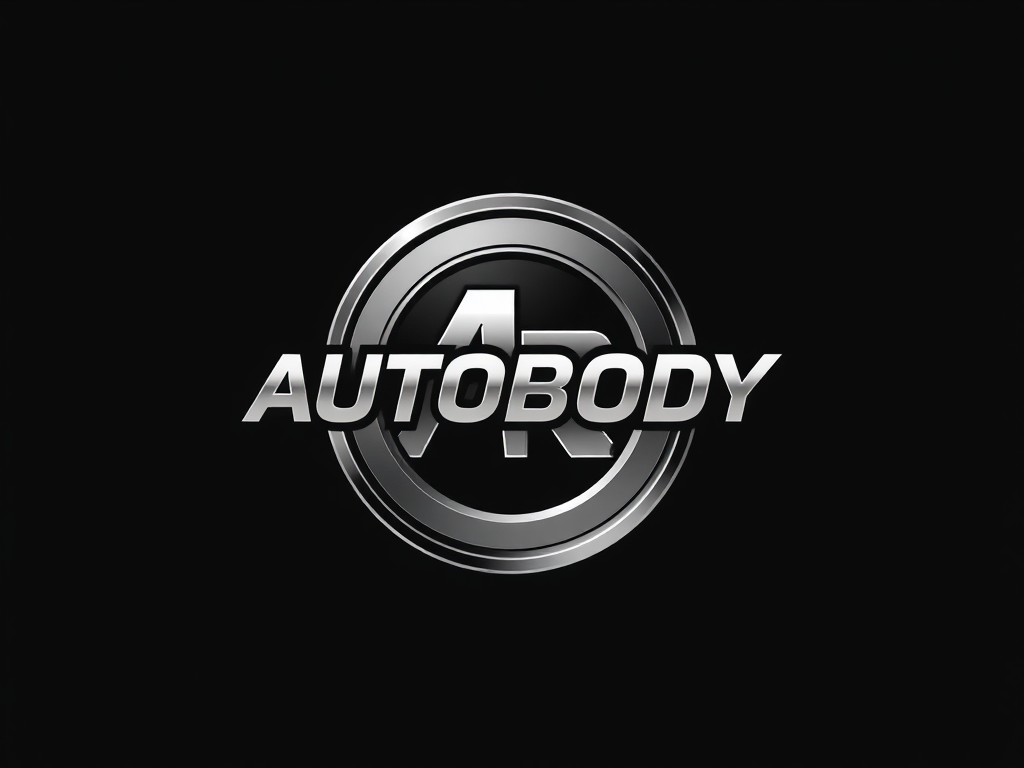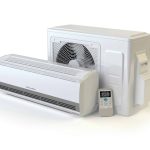When it comes to motorcycle maintenance, it’s important to be meticulous and remember to check each and every component regularly. One such item that requires frequent attention is the wheel bearings on your Triumph Daytona 675. These small but crucial parts of your bike play a significant role in its overall performance. In this article, we will delve into the importance of checking wheel bearings, the recommended interval for doing so, and how you can perform this task.
The Importance of Wheel Bearings
Before we get into the specifics of checking your wheel bearings, let’s take a moment to understand their significance. These tiny components might seem insignificant, but they have a monumental impact on your bike’s handling and safety.
Additional reading : How do I effectively use the traction control system on a Yamaha Super Ténéré for slippery conditions?
Wheel bearings make the connection between the stationary and moving parts of your wheel, allowing it to spin freely on the axle. They bear the entire weight of the bike and rider, absorb road shocks and ensure smooth riding conditions. When these bearings wear out, the wheel can wobble and create instability, leading to dangerous riding conditions.
If the rear wheel bearings on your Triumph Daytona 675 are worn out, you’ll likely notice a decrease in performance. The bike may start to feel loose, or you may hear a grinding noise from the rear wheel. In the worst-case scenario, the wheel can seize or fall off the bike, leading to catastrophic consequences.
Additional reading : What are the best practices for installing an aftermarket seat on a Suzuki Boulevard M109R?
Recommended Interval for Checking Wheel Bearings
As a general rule, it’s recommended to check your bike’s wheel bearings every 20,000 miles or every two years, whichever comes first. However, this can vary depending on your riding habits and the conditions your bike faces.
Riding in harsh environments or putting a lot of miles on your bike in a short period might necessitate more frequent checks. The same goes for those who often ride aggressively or carry heavy loads on their bikes. In such cases, you might want to check the bearings every 10,000 miles or yearly.
Remember, though, this is a mere guideline. It’s always better to be safe than sorry, so if you notice any signs of damage or wear, check your bearings immediately. You don’t want to be caught off guard by a sudden wheel failure while on your Daytona 675.
How to Check Wheel Bearings
Now that we’ve established the importance of wheel bearings and the recommended interval for checking them, let’s turn our attention to how you can perform this all-important task.
Begin by raising the bike’s rear wheel off the ground using a stand. Once set, grab the wheel and try to wiggle it side to side. If you notice any play or if the wheel doesn’t spin smoothly, it’s a clear sign that your bearings need attention.
To get a complete review of the bearings’ condition, you might need to remove the rear wheel from the bike. Once the wheel is off, you can check the bearings more thoroughly. To do this, rotate the bearing with your fingers. If it doesn’t rotate smoothly or if there’s excessive play, you’ll need to replace the bearings.
Considerations When Replacing Wheel Bearings
If you find that your wheel bearings need replacing, you have a few options to consider. You can go for the same stock bearings, or you can upgrade to high-performance bearings, such as carbon or ceramic ones.
When considering the price, it’s important to remember that while higher-end bearings might come with a steeper price tag, they usually offer better performance and longevity. Dymag, for instance, offers a set of carbon wheel bearings that are renowned for their durability and performance.
Also, consider the brake interaction with the wheel bearings. If the bearings are not installed correctly, it can affect the brake’s performance, leading to safety issues. Therefore, it’s recommended to have a professional mechanic handle this task for you.
To wrap up, maintaining the wheel bearings on your Triumph Daytona 675 is a critical aspect of ensuring your motorcycle’s optimal performance and safety. Remember to check them regularly and replace them when necessary to enjoy a smooth and safe ride on your beloved machine.
Additional Maintenance Considerations
Beyond the wheel bearings, there are other components of your Triumph Daytona 675 that require your attention. Regular maintenance schedule is crucial for the longevity and performance of your bike. This includes checking the engine oil, brake fluid, chain maintenance, and spark plugs.
The engine oil plays a crucial role in lubricating the engine’s moving parts and reducing friction. It’s recommended to change the engine oil every 6,000 miles or every six months, whichever comes first. However, this may vary based on your riding habits and conditions.
Brake fluid is another key component that needs to be checked regularly. Over time, brake fluid can absorb moisture from the air, which can affect its performance. Therefore, it’s recommended to replace the brake fluid every two years.
Chain maintenance is also important. A well-lubricated and properly adjusted chain will ensure smooth acceleration and better power delivery. It’s recommended to clean and lubricate the chain every 500 miles and adjust it every 1,000 miles.
Spark plugs are another integral part of your Triumph Daytona 675. A worn-out spark plug can cause the engine to work harder, reducing its performance and fuel efficiency. It’s recommended to replace the spark plugs every 10,000 to 20,000 miles.
Triumph Daytona 675 Wheel Bearing Replacement Options
Should you find the need to replace the wheel bearings on your Triumph Daytona or Street Triple, you can consider upgrading to high-performance options like carbon fiber or forged aluminum wheel bearings.
Carbon fiber wheel bearings from brands like Dymag Forged are renowned for their durability and performance. They are lightweight, reducing the unsprung weight, which can lead to better handling and improved fuel efficiency. However, these high-performance bearings come at a higher cost than standard bearings.
On the other hand, forged aluminum wheel bearings are more affordable and offer a good performance upgrade over standard bearings. They are more durable and can withstand more abuse, making them a suitable option for riders who often ride aggressively or in harsh conditions.
Regardless of the type of wheel bearings you choose, it’s crucial to have them installed correctly. Incorrect installation can affect the brake’s performance and cause safety issues. Therefore, it’s recommended to have a professional mechanic handle this task for you.
Conclusion
Regular maintenance is key to ensuring your Triumph Daytona 675 performs at its best. This includes checking the wheel bearings at the recommended intervals and replacing them when necessary. Don’t overlook other maintenance tasks such as checking the engine oil, brake fluid, chain maintenance, and spark plugs. Consider upgrading to high-performance wheel bearings for better durability and performance. Remember, it’s always best to have a professional handle tasks like these to ensure they are done correctly. By following these steps, you can extend the life of your bike and enjoy a smooth and safe ride.











